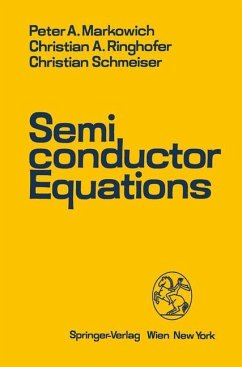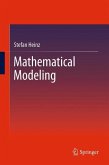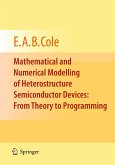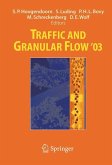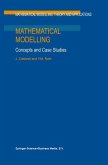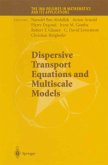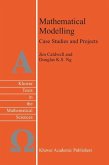This book contains the first unified account of the currently used mathematical models for charge transport in semiconductor devices. It is focussed on a presentation of a hierarchy of models ranging from kinetic quantum transport equations to the classical drift diffusion equations. Particular emphasis is given to the derivation of the models, an analysis of the solution structure, and an explanation of the most important devices. The relations between the different models and the physical assumptions needed for their respective validity are clarified. The book addresses applied mathematicians, electrical engineers and solid-state physicists. It is accessible to graduate students in each of the three fields, since mathematical details are replaced by references to the literature to a large extent. It provides a reference text for researchers in the field as well as a text for graduate courses and seminars.
In recent years the mathematical modeling of charge transport in semi conductors has become a thriving area in applied mathematics. The drift diffusion equations, which constitute the most popular model for the simula tion of the electrical behavior of semiconductor devices, are by now mathe matically quite well understood. As a consequence numerical methods have been developed, which allow for reasonably efficient computer simulations in many cases of practical relevance. Nowadays, research on the drift diffu sion model is of a highly specialized nature. It concentrates on the explora tion of possibly more efficient discretization methods (e.g. mixed finite elements, streamline diffusion), on the improvement of the performance of nonlinear iteration and linear equation solvers, and on three dimensional applications. The ongoing miniaturization of semiconductor devices has prompted a shift of the focus of the modeling research lately, since the drift diffusion model does not account well for charge transport in ultra integrated devices. Extensions of the drift diffusion model (so called hydrodynamic models) are under investigation for the modeling of hot electron effects in submicron MOS-transistors, and supercomputer technology has made it possible to employ kinetic models (semiclassical Boltzmann-Poisson and Wigner Poisson equations) for the simulation of certain highly integrated devices.
Hinweis: Dieser Artikel kann nur an eine deutsche Lieferadresse ausgeliefert werden.
In recent years the mathematical modeling of charge transport in semi conductors has become a thriving area in applied mathematics. The drift diffusion equations, which constitute the most popular model for the simula tion of the electrical behavior of semiconductor devices, are by now mathe matically quite well understood. As a consequence numerical methods have been developed, which allow for reasonably efficient computer simulations in many cases of practical relevance. Nowadays, research on the drift diffu sion model is of a highly specialized nature. It concentrates on the explora tion of possibly more efficient discretization methods (e.g. mixed finite elements, streamline diffusion), on the improvement of the performance of nonlinear iteration and linear equation solvers, and on three dimensional applications. The ongoing miniaturization of semiconductor devices has prompted a shift of the focus of the modeling research lately, since the drift diffusion model does not account well for charge transport in ultra integrated devices. Extensions of the drift diffusion model (so called hydrodynamic models) are under investigation for the modeling of hot electron effects in submicron MOS-transistors, and supercomputer technology has made it possible to employ kinetic models (semiclassical Boltzmann-Poisson and Wigner Poisson equations) for the simulation of certain highly integrated devices.
Hinweis: Dieser Artikel kann nur an eine deutsche Lieferadresse ausgeliefert werden.

